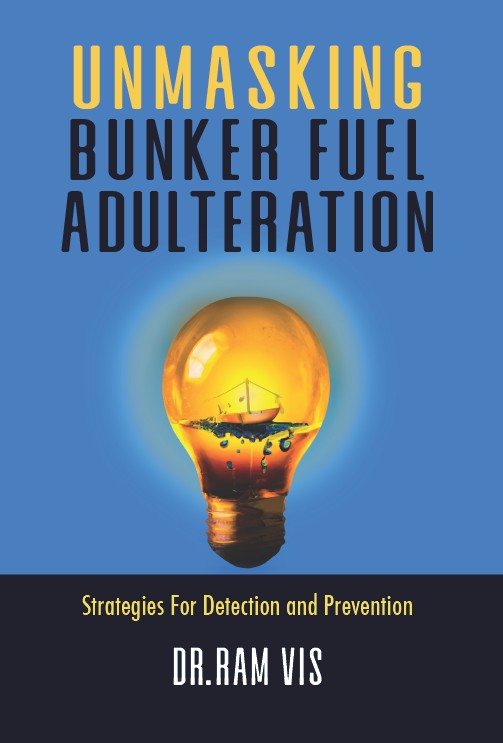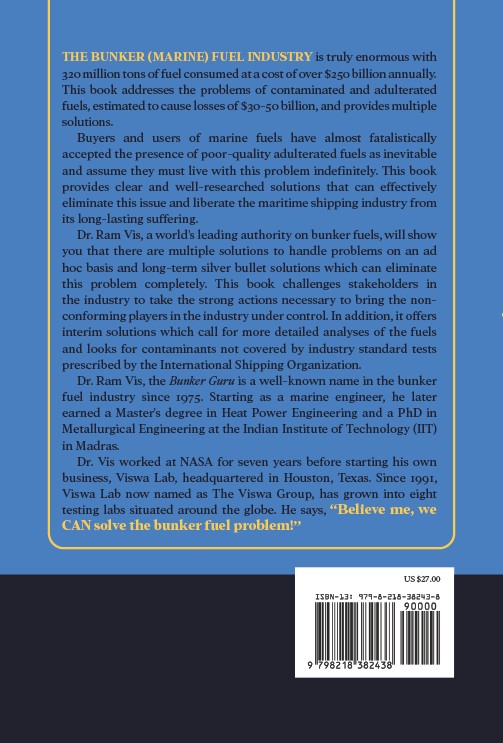With the shipping industry’s focus on decarbonization, biofuels are gaining traction as a viable option for shipowners. DNV has published a white paper to address this.
Decarbonisation Option
While biofuels release carbon dioxide (CO2) during combustion, they can still contribute to substantial carbon emission reductions.
Øyvind Sekkesæter, a consultant at DNV, explains that this is due to the carbon cycle: biomass absorbs CO2 from the atmosphere as it grows, which can theoretically offset the CO2 released when the biofuel is burned.
However, a complete life cycle assessment reveals that emissions are still generated during biomass harvesting, transportation, and processing. Therefore, achieving 100% carbon neutrality is practically difficult.
This is especially relevant given current shipping regulations like FuelEU Maritime, which assess emissions on a “well-to-wake” basis, considering the entire fuel production and consumption process.
Key Advantage
A key advantage of biofuels is their “drop-in” compatibility with existing vessels. This means they can be used without major modifications to the ship’s engine or fuel systems.
- Biodiesels like FAME (fatty acid methyl ester) and HVO (hydrotreated vegetable oil), which are currently the most common biofuels in shipping, can be used in vessels designed for conventional fuel oils.
- Liquefied biogas, or bio-LNG, can be used in LNG-capable vessels.
- These biofuels can be used alone or blended with traditional fuels.
Øyvind Sekkesæter from DNV highlights that this drop-in capability is crucial because it allows for immediate emissions reductions in the current fleet, which might otherwise face challenges with other decarbonization options.
This is particularly appealing to shipowners as it enables them to significantly reduce their emissions without making substantial investments in engine retrofits.
Biofuel Bunkering
For biofuels to become a significant part of maritime decarbonization, their supply and availability must increase at major bunkering locations.
A DNV study, based on public data, found over 60 ports where biofuel bunkering has occurred since 2015. Although biofuel bunkering is geographically spread, it’s primarily concentrated in Europe and East Asia. Availability is notably lower in North America, South America, and Africa.
Øyvind Sekkesæter of DNV notes that while biofuel supply is still relatively limited, bunkering has taken place in a substantial number of ports. Furthermore, data from Singapore and Rotterdam, the two largest bunkering hubs, indicates a rapid increase in biofuel consumption within the shipping industry.
Market Drivers
The widespread adoption of biofuels for maritime decarbonization hinges on increasing their supply and availability at major bunkering centers. A DNV white paper, based on a survey of publicly available information, has identified over 60 ports that have facilitated biofuel bunkering since 2015. While these bunkering locations are geographically diverse, they are predominantly situated in Europe and East Asia. In contrast, biofuel availability in North America, South America, and Africa is comparatively restricted.
Øyvind Sekkesæter of DNV observes that, despite the relatively low overall supply of biofuels, bunkering operations have been conducted at a considerable number of ports. Furthermore, data from Singapore and Rotterdam, the two leading bunkering hubs, demonstrates a rapid growth in biofuel consumption within the shipping sector.
Did you subscribe to our daily Newsletter?
It’s Free Click here to Subscribe!
Source: DNV

















